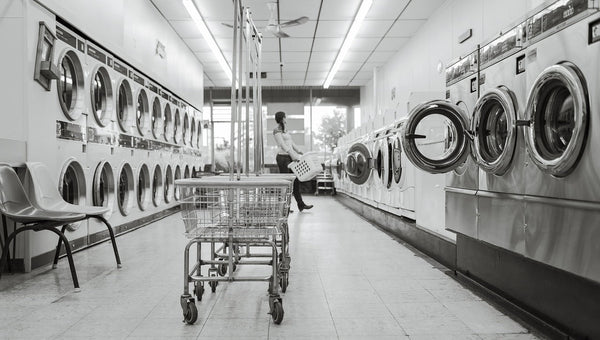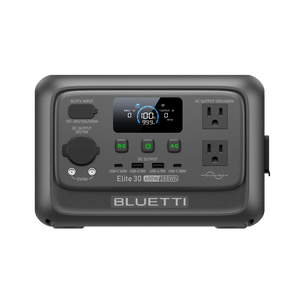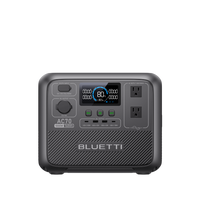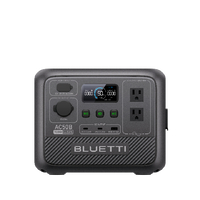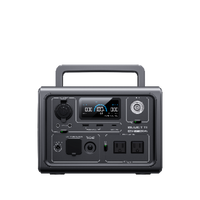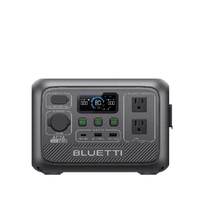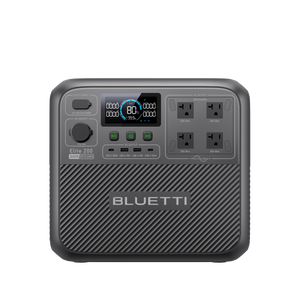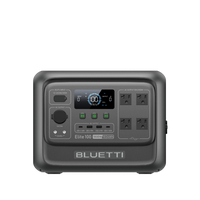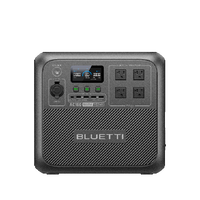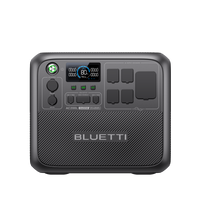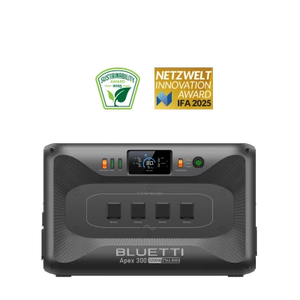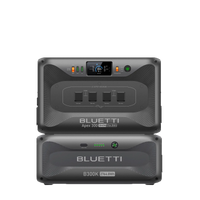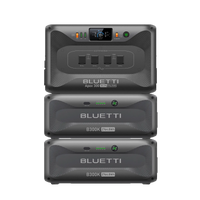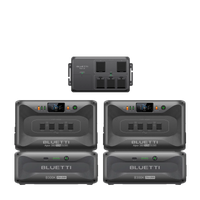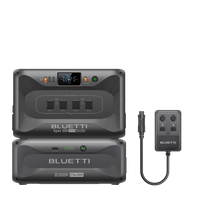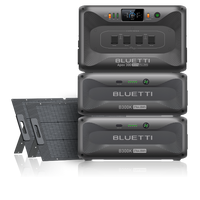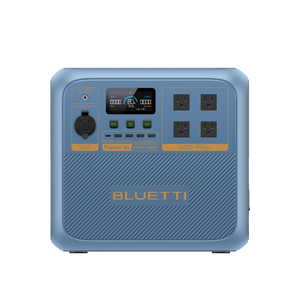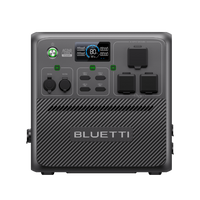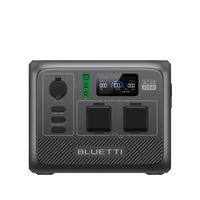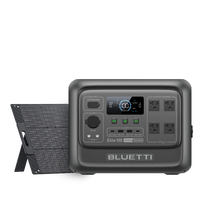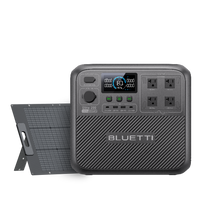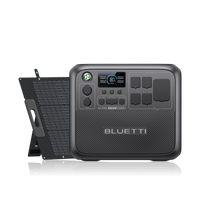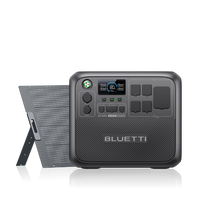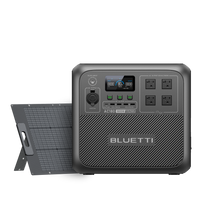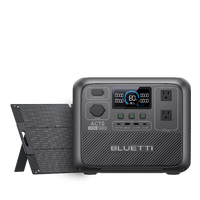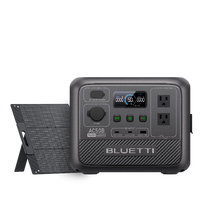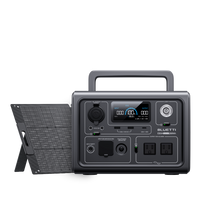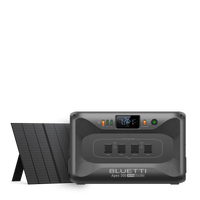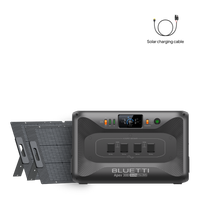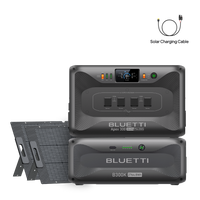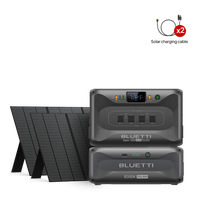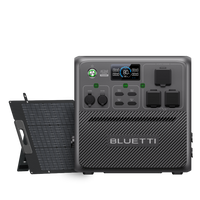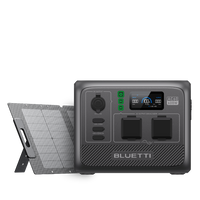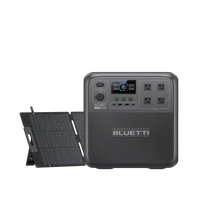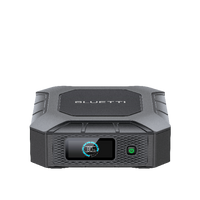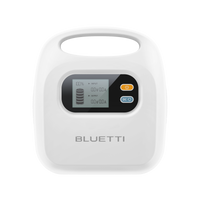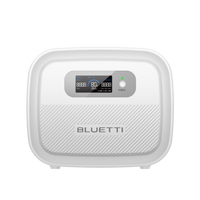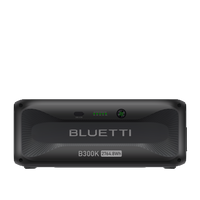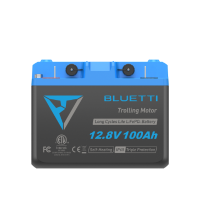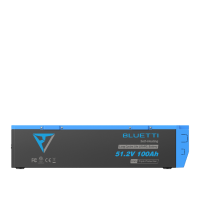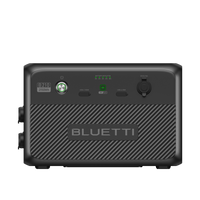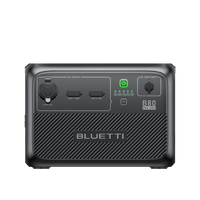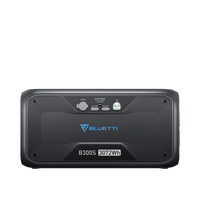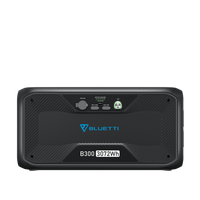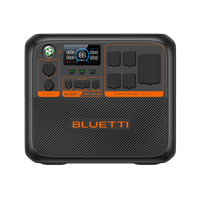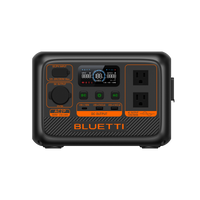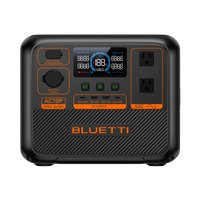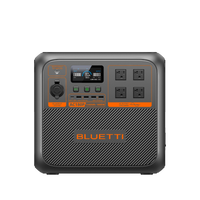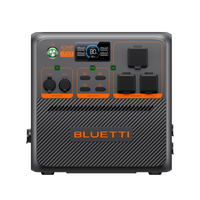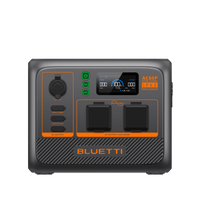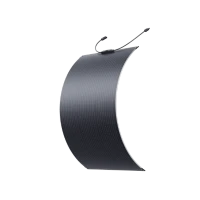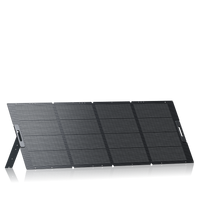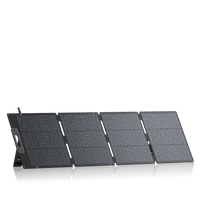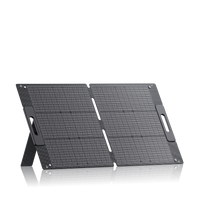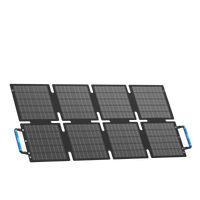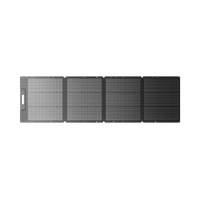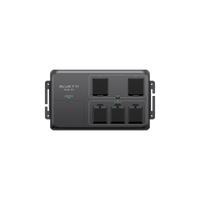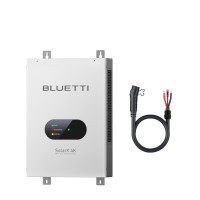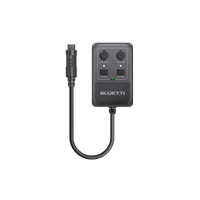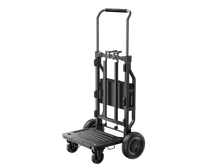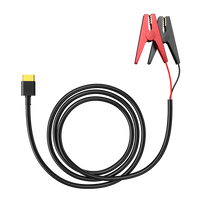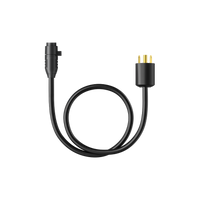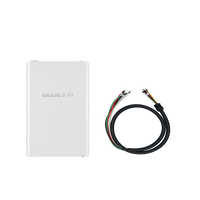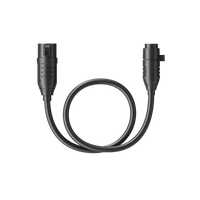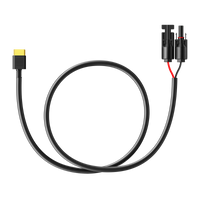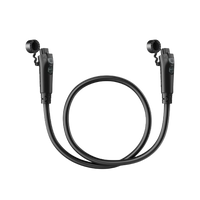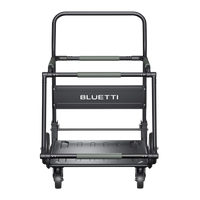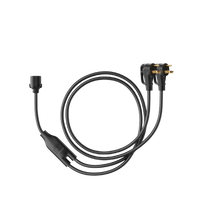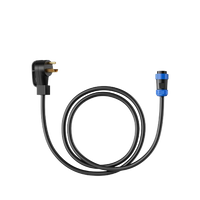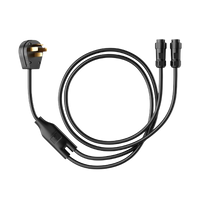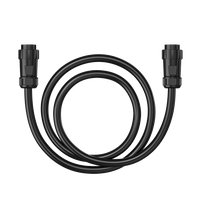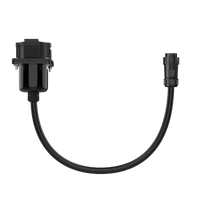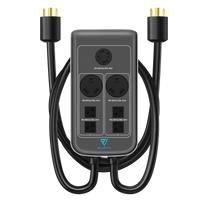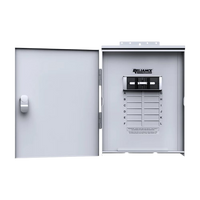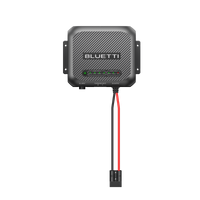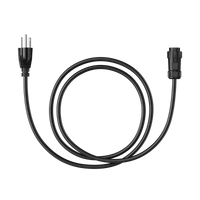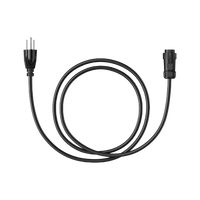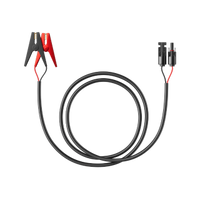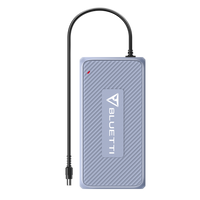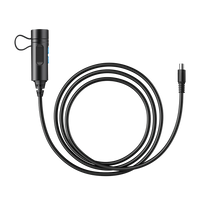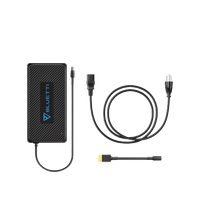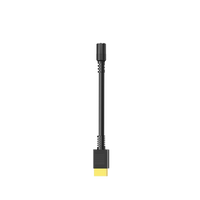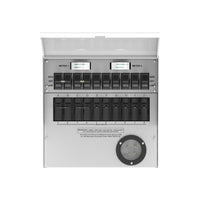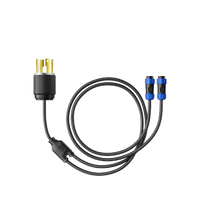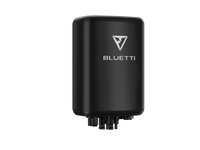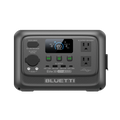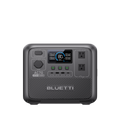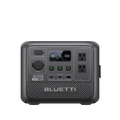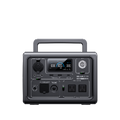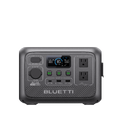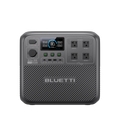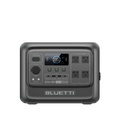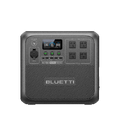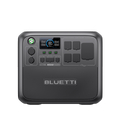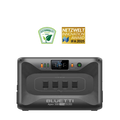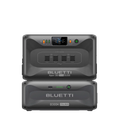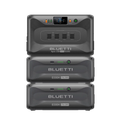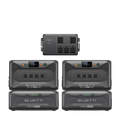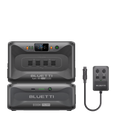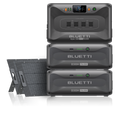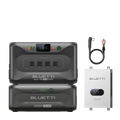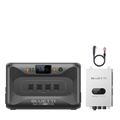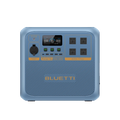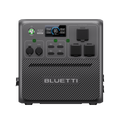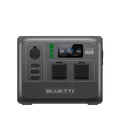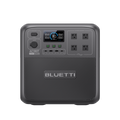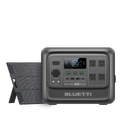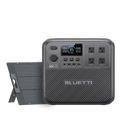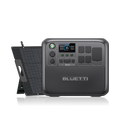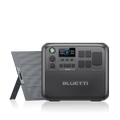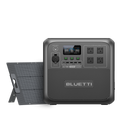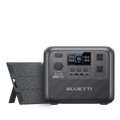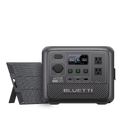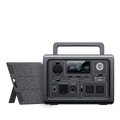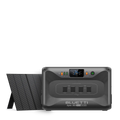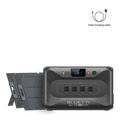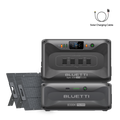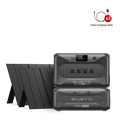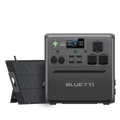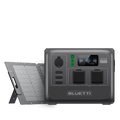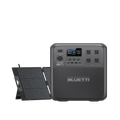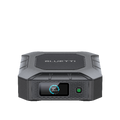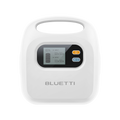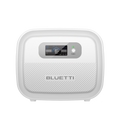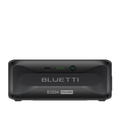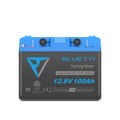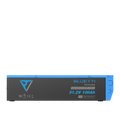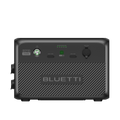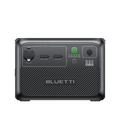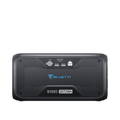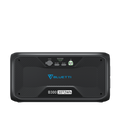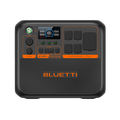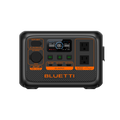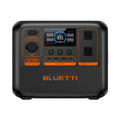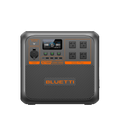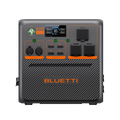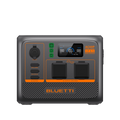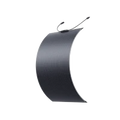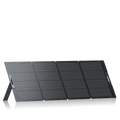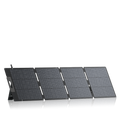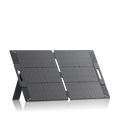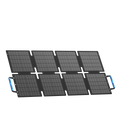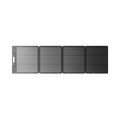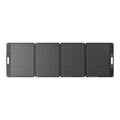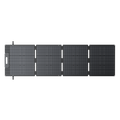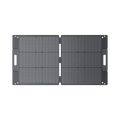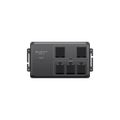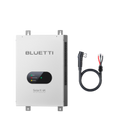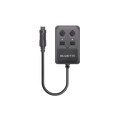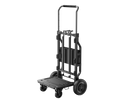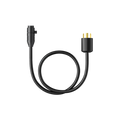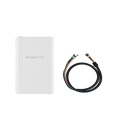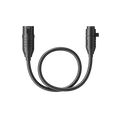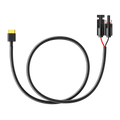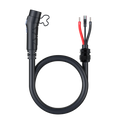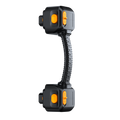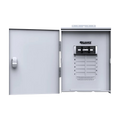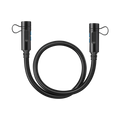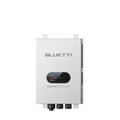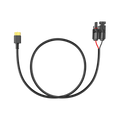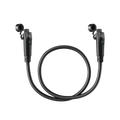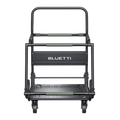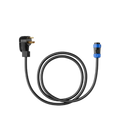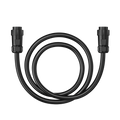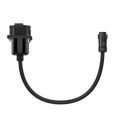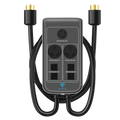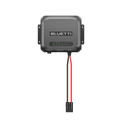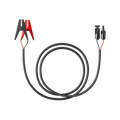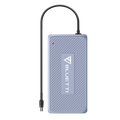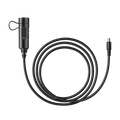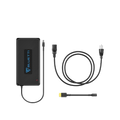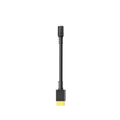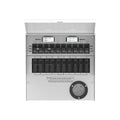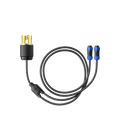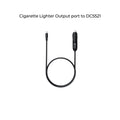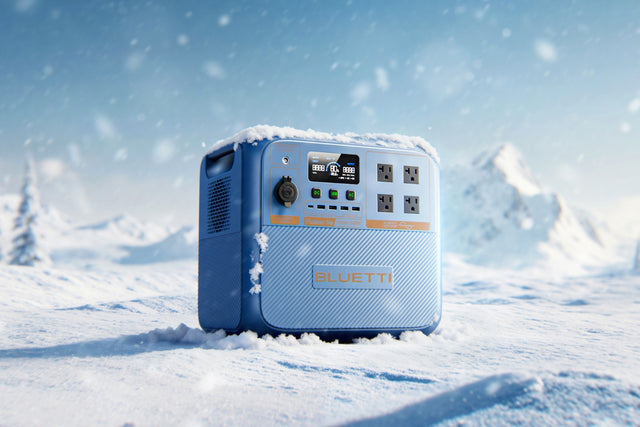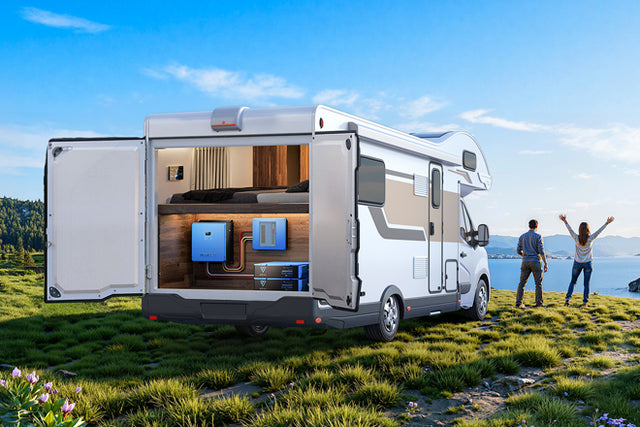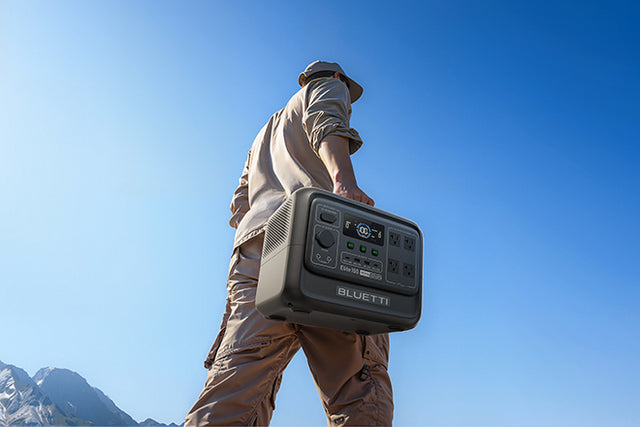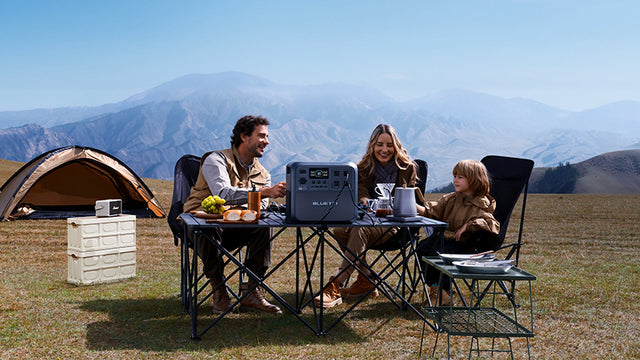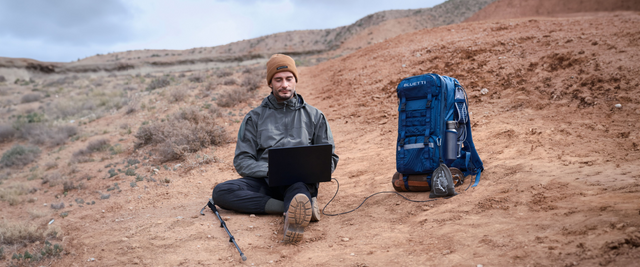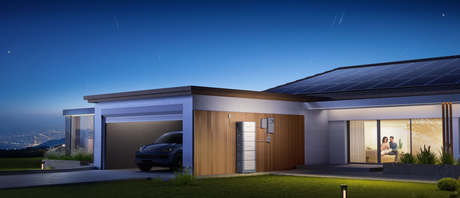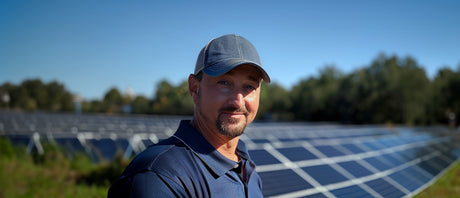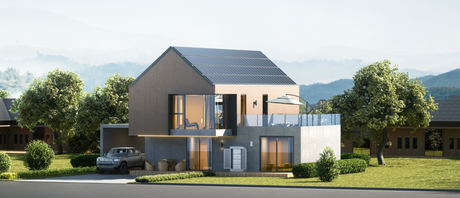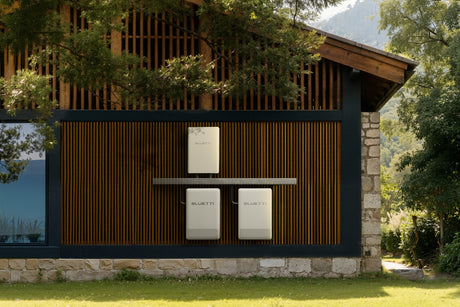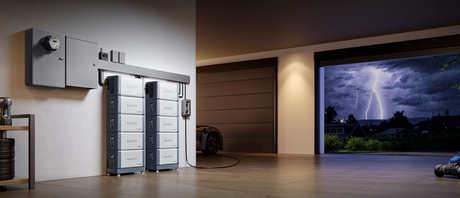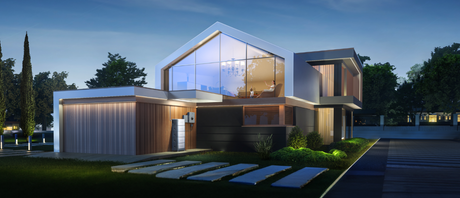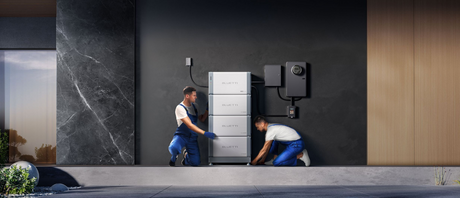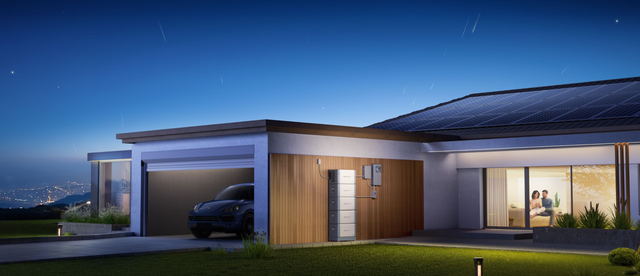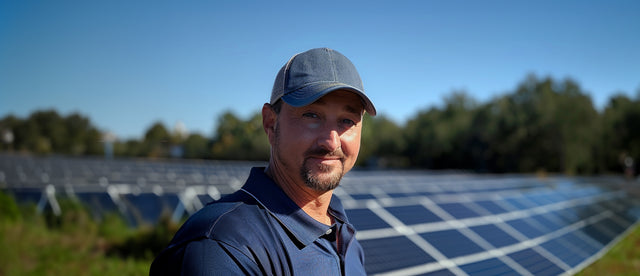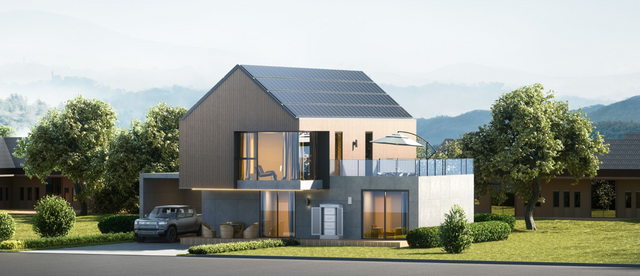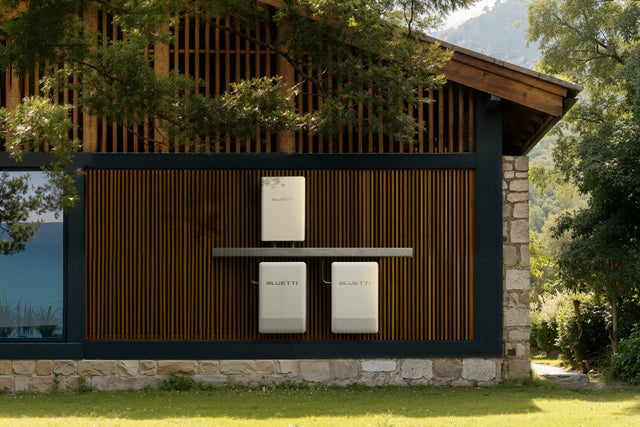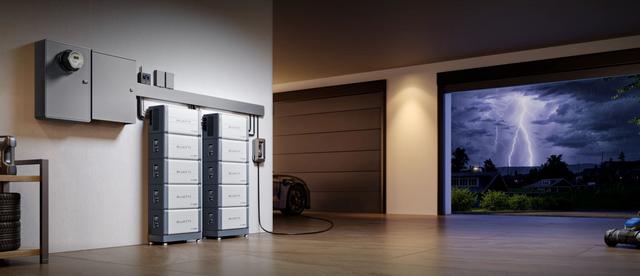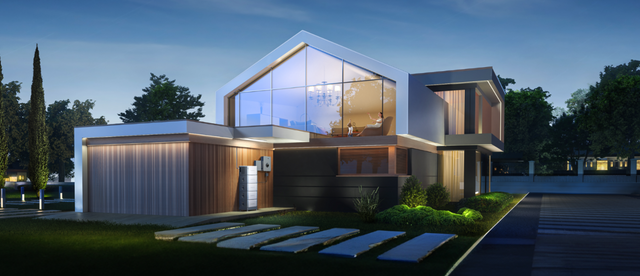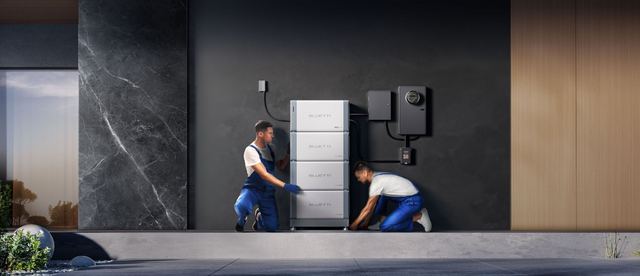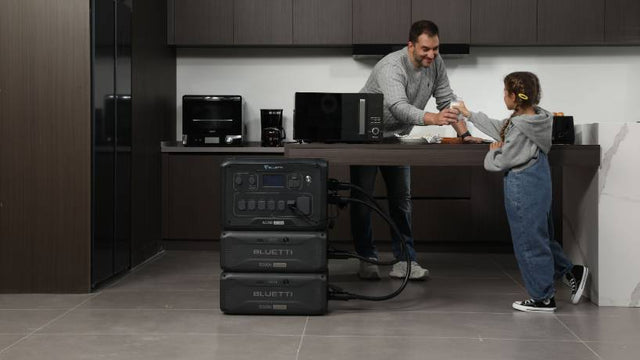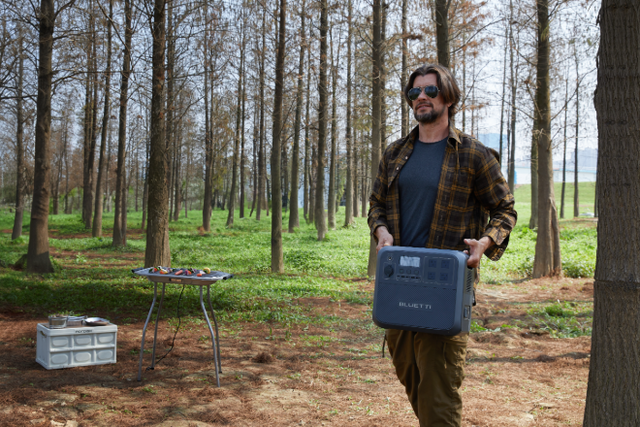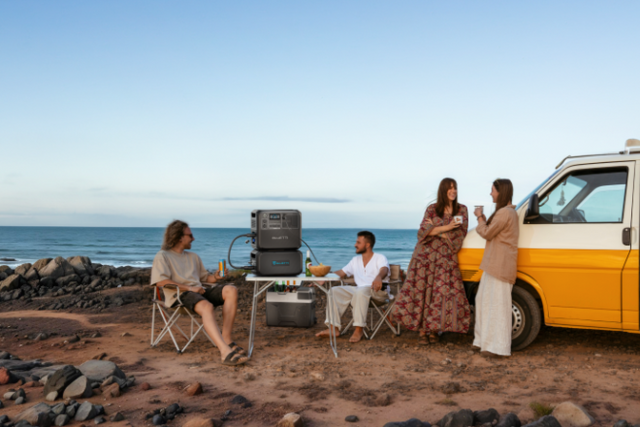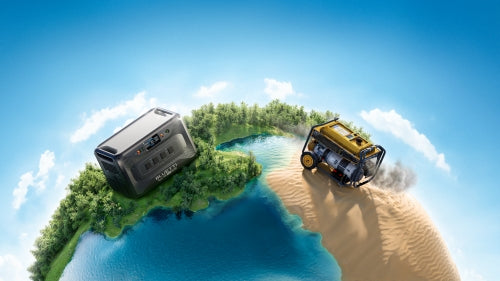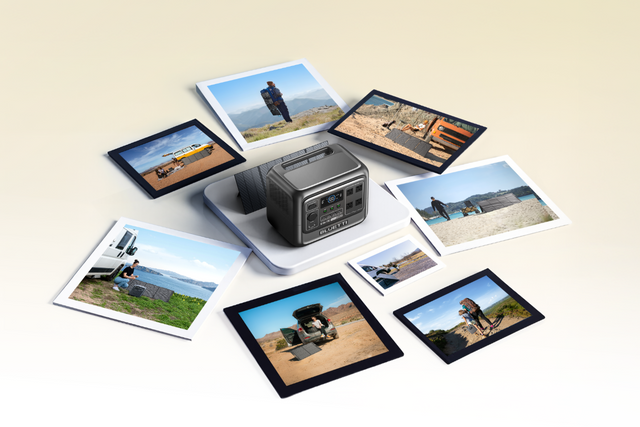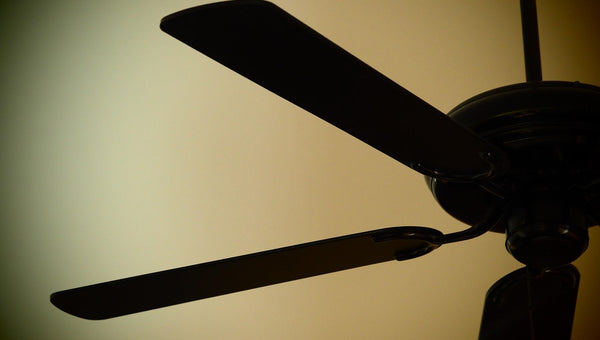Your cart is empty
Shop our productsPortable air conditioners sit in that odd space between helpful and hungry. Everyone knows a fan is cheap to run. Everyone knows central air is comfortable but expensive. A portable AC lives in the gray zone. You roll it to the corner, snake the exhaust hose to a window adapter that never seems to fit perfectly the first time, and then you wait for the room to change. It cools. It also hums. And somewhere in the back of your mind is the bill. If you're here because you want a clear answer on the wattage of a portable air conditioner and how portable air conditioner power consumption plays out day by day, you're not alone. I've spent enough sweaty nights with these units to know the details matter.
Let's set expectations. Portable ACs are not magical. They move heat from the room to the outside, and they need real power to do it. They are flexible. They can be good choices for small apartments where window units aren't allowed, for RVs that need spot cooling, or for workshops where you just want the area around the bench comfortable for a few hours. They are not always the cheapest way to cool, but they're sometimes the only practical way.

What wattage means in practice
Wattage is the rate of electricity use, or how many watts per hour the unit is pulling while it runs. Utilities bill in kilowatt-hours, so if you've got a 1,000-watt unit running for an hour, that's 1 kWh. At 15 cents per kWh, you're spending 15 cents per hour of cooling. Run it eight hours, and that's $1.20 a day. Multiply by 30 days, $36 a month. Not terrifying, but not nothing.
Wattage is tied to size, but you can't really talk about portable AC power consumption without mentioning BTUs.
BTUs vs watts, and the rule of thumb you can use
Manufacturers rate portable air conditioners in BTUs because BTUs measure cooling capacity. You care about watts because watts show up on your bill or on the face of your power station. The bridge between the two is a rough conversion. As a rough rule of thumb, divide BTUs by 8–10 to estimate running watts, though actual consumption varies by efficiency. In real life, an 8,000 BTU unit typically lands in the 700 to 1,200-watt zone, a 12,000 BTU unit often sits around 1,000 to 1,500 watts, and a 14,000 BTU machine can pull 1,500 to 2,000 watts while the compressor runs. These are the ranges you'll see echoed in consumer energy guides and generator sizing articles, and they line up with what people measure at the outlet with a meter.
However, you'll see exceptions. There are small "camp" coolers that are more like spot chillers than true AC, and there are dual-hose portables that perform better than single-hose designs. Why? Single-hose units suck in room air for exhaust, creating negative pressure that pulls hot outside air through cracks—wasting energy on recycled heat. Dual-hose setups draw external air for cooling the condenser and exhaust separately, avoiding that leak and boosting efficiency by 20–30% in tests (less runtime, lower watts overall). Worth the extra bulk if you're in a leaky space. But if you're shopping for the typical units, those watt ranges will feel familiar when you plug in a meter.
Average wattage by size and by the way people actually use them
Small units, 5,000 to 8,000 BTU. These are bedroom machines. Think 150 to 350 square feet. Many run between 500 and 1,000 watts while the compressor is active. They will still spike at startup. They will cycle more often in a leaky room or on a blazing afternoon, less often in a well-sealed space in the evening. That cycling pattern is why two households with the same exact model end up reporting very different monthly costs.
Medium units, 10,000 to 12,000 BTU. This is the living room class. 350 to 500 square feet in decent insulation, sometimes less if the sun beats through a west-facing window. Plan on 1,000 to 1,500 watts running draw. This is the category where a lot of folks get surprised, because it sounds reasonable until you do the runtime math. Four hours is 4 to 6 kWh. Eight hours doubles that. At the 15-cent rate, that's sixty cents to a dollar twenty for an evening, or more like thirty to fifty dollars in a month if it's daily.
Large units, 14,000 BTU. These are the "great room" machines—500 to 700 square feet on paper. In practice, if the layout is open and the ceiling is high, you will chase cool air around and end up near the top end of the watt range more often. Expect 1,500 to 2,000 watts running draw. That's microwave-level power, but for hours. This explains the bill at the end of August.
A note on amps because people planning to go off-grid care about circuits and breakers. Typical portables draw anywhere from about 6 to 13 amps at 120 volts in steady state. Startup surge can hit higher, sometimes briefly into the teens, on a 15-amp branch circuit. If you are sizing an inverter or a battery, look at both the continuous draw and the surge rating, and give yourself headroom. Manufacturer tables and retail explainers often lay out amp ranges by BTU size to help with that planning.
The hidden factors that change your numbers
The rated wattage is just the start. A bunch of real-world factors push the number up or down:
- BTU rating: Higher BTU = higher watts. Simple math.
- Room size and insulation: A well-sealed, insulated room lets the unit cycle off more often. A drafty room keeps it running. This ties into duty cycle—the percentage of time the compressor actually runs (typically 60–80% during active cooling, not 100%, per manufacturer tests). In a hot spell, it's closer to 80%; mild evenings, 60%. That's why your metered draw feels lower than 'rated watts x hours.'
- Ambient temperature: The hotter it is outside, the harder the unit works. Cooling a room from 95°F to 75°F costs more than knocking it down from 80°F.
- Fan settings: Higher fan speeds can add a bit, though the compressor is the real draw.
- Dehumidifier mode: Many portable ACs double as dehumidifiers, but that adds 100–300 watts depending on the unit. Actually, it's often a separate mode with similar overall draw to cooling (not stacked on top), but it feels 'extra' because it runs longer in muggy areas without dropping temp as much. In humid spots, it slashes comfort complaints without doubling the bill.
- Startup surge: A portable AC rated for 1,200 watts might spike to 2,500 or even 3,000 watts for a second when the compressor kicks on. That's important if you're running it off a generator or battery.
You can't always control the weather, but you can manage insulation, keep filters clean, and choose eco modes. Those little tweaks make noticeable differences. And don't overlook noise—most hum at 50–60 decibels (like a conversation or vacuum), which is fine for workshops but disruptive in bedrooms.

What the daily and monthly bills look like, without sugarcoating
Let's run a few realistic cases. We'll keep the numbers round so you can swap in your local rate.
Small unit scenario. A 1,000-watt draw while cooling, four hours a night. That's 4 kWh per day, or about sixty cents at $0.15/kWh. Do that all month and it's roughly eighteen dollars. Bump to eight hours on hotter days, and you're at thirty-six dollars.
Medium unit scenario. A 1,400-watt draw, five hours a day after work. That's 7 kWh, about a dollar five daily, thirty-two dollars per month. If you run it for more like eight hours, it jumps to about fifty.
Large unit scenario. A 1,800-watt draw, six hours a day. That's 10.8 kWh, or a dollar sixty a day, nearing fifty dollars for the month. If a heat wave pushes you to ten hours, you'll pass eighty dollars without blinking.
Energy Star helps. Ten to fifteen percent savings are common in the literature and in field use. Nice, not magical. Fans, by comparison, still win on pennies per hour. Window units often beat portables at the same BTU because they exhaust heat more efficiently. But when a landlord says no, you work with what you can roll across the floor.
|
Unit Size (BTU) |
Avg. Draw (W) |
Daily Cost (8 hrs @ 15¢/kWh) |
|
Small (8,000) |
500–1,000 |
$0.6–1.20 |
|
Medium (12,000) |
1,200–1,500 |
$1.44–1.80 |
|
Large (14,000) |
1,500–2,000 |
$1.80–2.40 |

Off-grid and backup power: uncomfortable truths and workable plans
This is where wattage really matters. A 1,000-watt unit needs 1,000 Wh for every hour it runs. Eight hours? That's 8,000 Wh, or 8 kWh. For a 1,500-watt unit, it's 12 kWh. Those are big numbers for portable stations. Add in startup surges of 3,000 watts, and a small station just can't cut it.
That's why if you're thinking about cooling off-grid or during outages, you need to be realistic. A small backup battery can run lights, fans, and laptops for days. A portable AC drains in hours. You need a high-capacity station paired with solar, or a unit sized specifically for smaller rooms.
The BLUETTI Elite 100 V2 portable power station can manage small AC units for short stints, like cooling a bedroom before sleep. For longer runs or larger units, the BLUETTI Apex 300 home backup power is the more realistic choice. It has the surge capacity and storage to handle multiple hours of cooling without cutting out.
How to make a portable AC less greedy without babying it
There's no magic bullet, but there are ways to stretch every watt:
- Seal the room: Block drafts around windows and doors. The less hot air leaks in, the less the compressor runs.
- Eco modes: Many units have them. Use them. They throttle power draw without killing comfort.
- Filter cleaning: A clogged filter makes the motor strain. Wash or replace regularly.
- Timers: Don't run it all day. Set it to cool in the afternoon or before bed.
- EER ratings: Energy Efficiency Ratio is worth checking. Higher numbers mean more cooling per watt.
Think of it as stacking the deck. Each little change trims the run time and wattage just enough that your bills (or your backup battery) last longer.
Two short stories because real life never matches the spec sheet
A friend in Phoenix used a 10,000 BTU portable in a second bedroom turned office. The room had one west-facing window. The afternoon sun was brutal. The first week, the machine ran almost constantly from two p.m. to seven p.m., and the bill reflected it. We added film to the glass, put foam around the window kit, and nudged the set point from 72°F to 76°F with a small desk fan on low. Suddenly, the compressor wasn't screaming all afternoon. The room felt fine. The bill drifted back toward normal. The unit didn't change. The conditions did.
A different friend in a coastal town ran a 12,000 BTU unit at night to sleep. Humidity was the real enemy. Dehumidifier mode helped comfort, but pushed the draw up by a couple of hundred watts. The compromise was to dehumidify for an hour before bed, then switch to cool at a higher set point, plus a ceiling fan. The average overnight draw dropped, the room still felt dry, and the battery bank in the garage didn't weep. This is the pattern with portables: a few small choices multiplied by hours produce a different bill.
Final take
Portable air conditioners are versatile, but they're not lightweights when it comes to power. The wattage of a portable air conditioner is tied to its BTU rating, and for most people, that means 1,000–2,000 watts per hour of cooling. That adds up to $30–$50 a month if you run it daily, more if you go heavy.
For off-grid or backup use, the draw is steep but not impossible if you've got the right setup. Smaller units pair with compact power stations like the Elite 100 V2. Larger ones really need the surge support of something like the Apex 300.
So yes, portable ACs use a lot compared to fans, but they buy you flexibility. They are cool spaces where other systems can't. And in a world where summers feel hotter each year, sometimes that trade-off is worth every penny.
Shop products from this article
Be the First to Know
You May Also Like
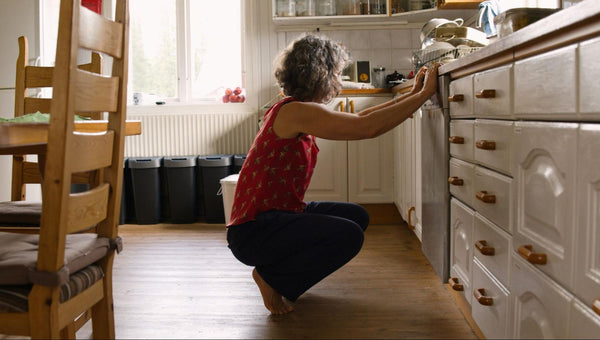
Dishwasher Wattage: What It Really Costs to Run One?
